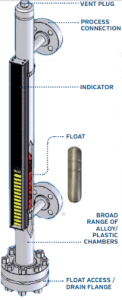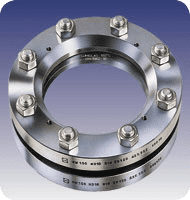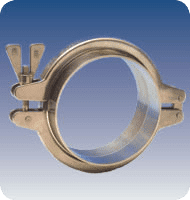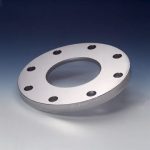What is First-Indication Flow Rate?
Posted on June 12, 2017 by LJ Star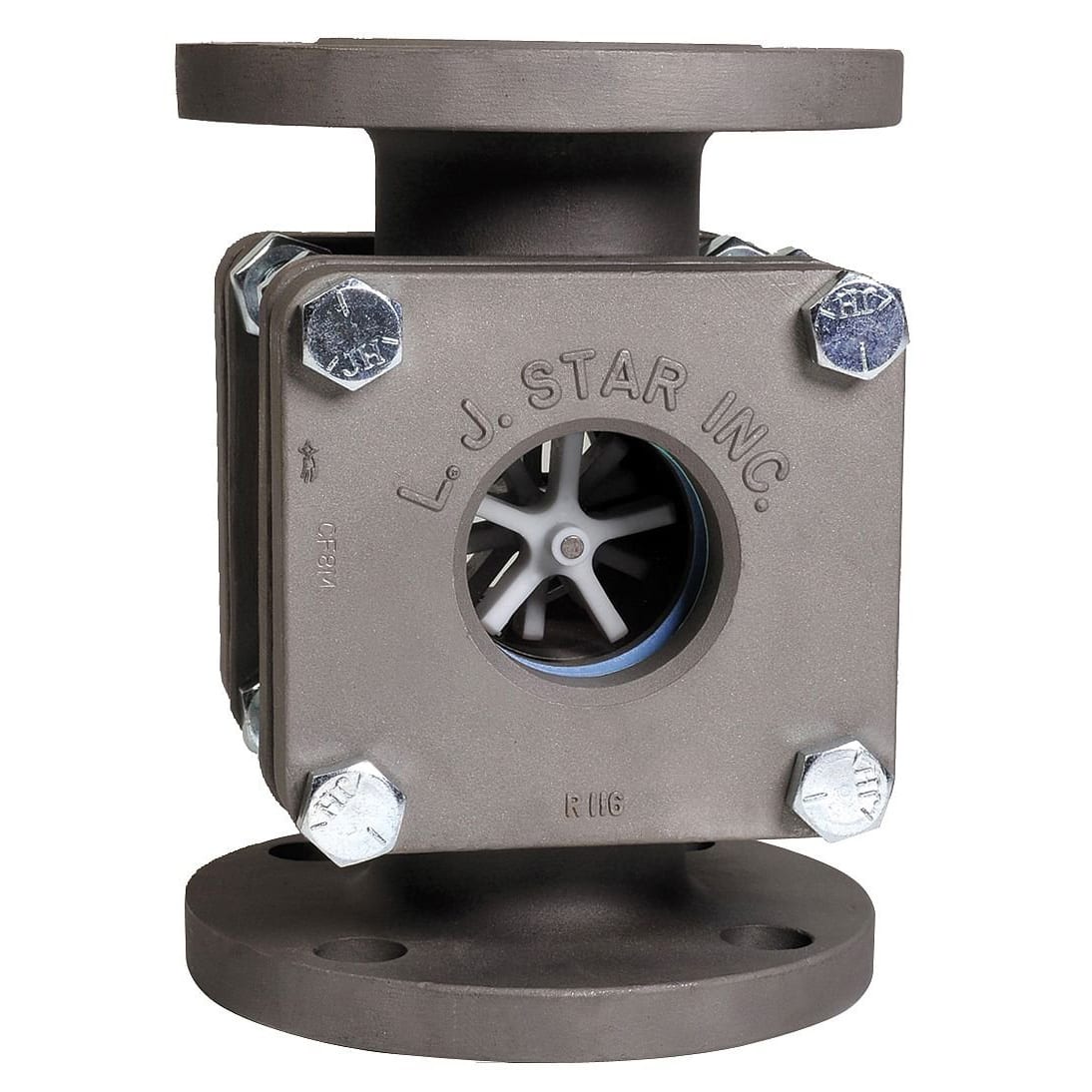 A common question that I hear is, “what is the first-indication flow rate?”
A common question that I hear is, “what is the first-indication flow rate?”
Sight flow indicators are a fail proof means of observing flow within a process pipeline. To make it easier to see the flow, often a mechanical indicator is added behind the window… a spinning rotor for example. What people are asking is, what is the minimum flow needed to move the indicator?If you remember your high school physics, then you know an object at rest tends to stay at rest. A very small flow of process fluid or gas may not be enough to overcome the inertia of the indicator. To be useful, a sight flow indicator must be designed into a system in such a way that it will indicate at the lowest flow rate of consequence.
The larger the pipe diameter, the more flow volume is required for first indication. First-indication flow velocity is the opposite. The larger the pipe diameter, the less flow velocity is required for first indication.
This is typically expressed in a chart or table, showing the minimum flow volume or minimum flow velocity for pipes of various sizes. You can see them when you download our Guide to First-Indication Flow Rates of Sight Flow Indicators.
The guide also features application tips about direction of flow, pipe size and directional orientation, characteristics of the process material, and situations where certain types of flow indicators are not recommended.
In an application, if the flow is too low to provide indication, then a smaller pipe may be installed, which may include a measurement line in parallel with the main pipe.
Beyond first-indication, there are many considerations for specifying a sight flow indicator into a process system. Foremost is which type of indicator best fits the application.
- Rotary. Operates in any position and with any direction of flow.
- Flapper. The flapper is deflected toward the flow direction. It provides operators with an approximate gauge of flow. Sometimes a graduated scale is marked on the glass so that the flow is indicated by flapper position.
- Gaseous Flapper. Teflon ribbon moves with flow.
- Drip indicator. Drip tube shows drips of small, occasional flows, assisted by gravity.
- Ball flow indicator. Ball changes position behind window.
For more advice about which style of indicator is best for your application, or about sight flow indicators in general, call or email one of our expert team members, or download our guide.
Subscribe to our Blog
Categories
- Certifications
- Company
- In The News
- Industry Information
- METAGLAS® Sight Glasses
- PackExpo 2020
- Sanitary Clamps
- Sanitary Fittings
- Sight Flow Indicator Benefits
- Sight Glass Applications
- Sight Glass Construction
- Sight Glass Lighting
- Sight Glass Lights
- Sight Glass Process Vessel Camera
- Sight Glasses
- Trade Shows
- Webcast
